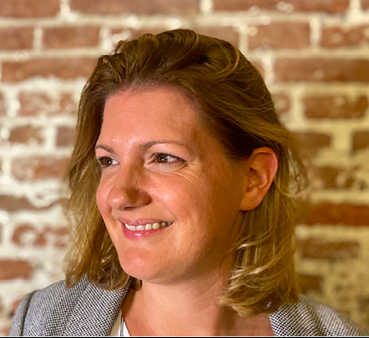“Recalculating route”.
If you’ve used a navigation system, you’ve heard this sentence before. It means that you took a wrong turn, or that there is an unexpected traffic jam ahead. Using GPS data, your navigation system will redirect you to the best possible route to reach your destination.
In the development sector, the phrase ‘we should be steering on impact’ is said all the time. Still, many organisations struggle to put this into practice. Monitoring data is mainly used for reporting, rather than steering. Programmes have fixed targets, and implementing partners are pushed to deliver on outputs. As a result, organisations create a tunnel vision, driving their programmes towards output targets rather than impact. Impact is usually evaluated at the end of the journey, when it is too late to steer.
If development organisations used their monitoring data to navigate towards impact and regularly zoom out to consider alternative routes, they would be able to maximize their impact, i.e. make a bigger difference. In this blog, I’ll share three practical tips for setting up an M&E system that will allow you to effectively steer towards impact.
1. Map out your ideal journey
To be able to navigate towards impact, you need a roadmap. In the context of an M&E system, your roadmap is your Theory of Change, or impact strategy. To identify the best possible route, it is important to first zoom out and understand the complete landscape, to identify potential roadblocks and shortcuts. You can do this by first identifying the key actors and factors that are likely to influence you achieving your impact. For example, if you’re developing a programme to reduce child labour, an important factor is the availability of schools. Parents and teachers and probably village chiefs are important actors. Before mapping out your route, you decide which actors to bring on board, which actors are critical in your journey, and which factors you will address.
Together with the key stakeholders, you can then map out your ideal journey. Which ‘impact pathways’ are most likely to lead to success? Considering different perspectives and evidence about ‘how change happens’, you can map out the best possible route. In your impact strategy, you visualise the key milestones to achieving your impact. You make explicit how and why you expect each step will lead to the next (if A happens, then B happens, because of C). This road is never linear; you’ll find that many pathways are interlinked and contributing the same outcomes.
For a step-by-step guide on developing an impact strategy, download our eBook: Design data-driven programmes that deliver results effectively.
2. Keep your eyes on the road
Secondly, it is important that your monitoring system is linked to your roadmap so that you can monitor if changes (outcomes) are happening as expected. If your monitoring data shows that this is not the case, it’s crucial to find out why. You can identify the roadblock using these three questions:
-
Did we implement our activities as planned?
- Do we have new knowledge about how change happens?
- Is there a development in our context we should respond to?
Next to monitoring where you are on your journey, it is also important to monitor changes in your landscape (context). The context that you operate in constantly changes. There might be a highway or roadblock that didn’t exist before, or that you didn’t know existed. For example, another organisation has started to work on the same topic and there is an opportunity to collaborate. Or, after elections, there is a new person in an important position who you need to bring onboard in order to move the programme forward. In other words: don’t just drive on autopilot. Keep your eyes on the road and be alert to what your monitoring data is telling you, and any new challenges or opportunities in your path.
3. Be ready to change directions
The third component is linking your monitoring process to your planning process and to build flexibility into your plans. Steering on impact requires us to acknowledge that we do not know everything upfront, that we are working in a complex and changing environment, and that sometimes we have to take a different road. This change in plans can be a small change, such as deciding to engage with a new actor, or big, such as adopting a new strategy. Before you start your annual planning, build in a moment to reflect on your monitoring data and ask yourself the question: Are we still doing the right things? Are we still using the best route to reach our destination? If not, it’s time to steer.
For example, say you’ve designed a programme to support smallholder farmers to become more productive and climate resilient. Your intended impact is to improve the income resilience of the farmers. Your target is to ensure that 10,000 farmers are trained. After two years, your monitoring data shows you that you have trained 500 farmers, but they are not increasing their yield. By asking why, you find out that farmers are not implementing the practices because they are not able to purchase inputs such as fertilizers and seedlings. Instead of continuing to train more farmers, you might consider redirecting your resources to strategies for providing access to credit or inputs. If you do not respond and change your plan, the programme will have achieved the training of 10,000 farmers, but it will not have had any impact.
Donors and investors play an important role in enabling steering on impact. They need to allow the organisations they fund to change their plans when necessary. Instead of pushing on output targets, they should stimulate organisations to navigate the best possible route towards impact. Otherwise they might find programmes stuck in traffic, or heading towards a dead-end.
Do you want to know more about setting up a PMEL system that allows you to steer on impact?



